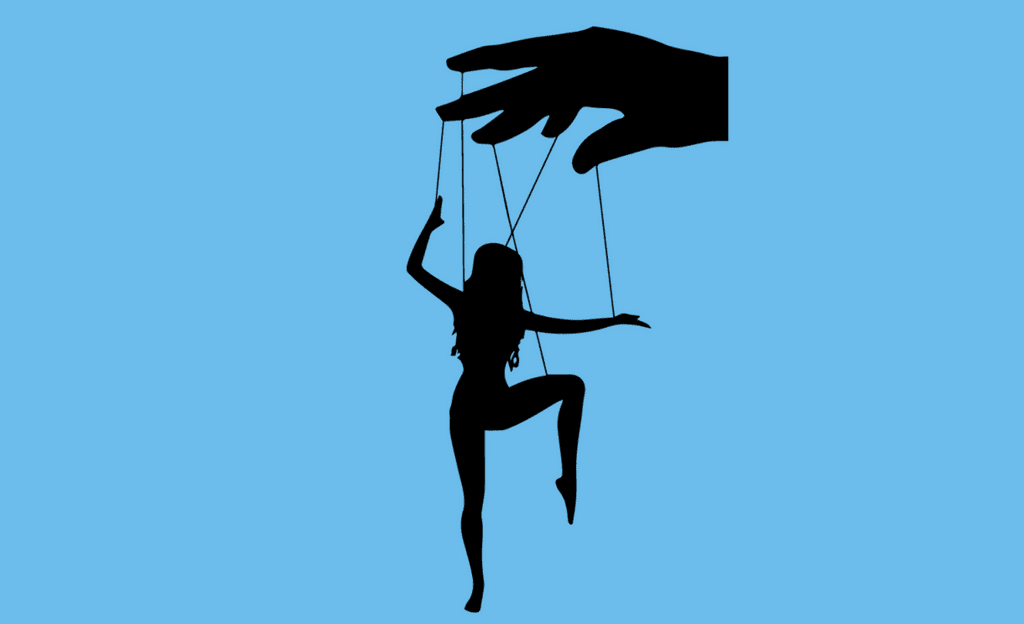The Essentials of Orienting Your Reader

In film, orientation is almost immediate. In prose, oreintation requires ink. Here are some guidelines for what orientation the reader needs.
Exposition in Dialogue

You can deliver exposition via dialogue, but you have to finesse it a little. Here we discuss how you can disguise exposition so it doesn’t feel contrived.
The Problem with “Show, Don’t Tell”

The old writing adage of “show, don’t tell” is good advice, but it can occasionally get writers in trouble. Good writers sometimes fall prey to hyperdetailing–giving excessive description without serving the story.
How to Create Story Momentum

A story with momentum makes me want to know what’s going to happen next, and makes me care about the characters, objectives, conflicts, and action.
Author, Narrator, Character

There is a distinction between author, narrator, and character.
The author creates the story.
The narrator tells the story.
The character lives the story.
These are three distinct entities, which exist on different planes.
12 Ways to Be an Invisible Writer

Once the author becomes visible, the enchantment of the story dissolves. The author is the creator of a story, but the author should never be a part of the story. The author is the man behind the curtain. Reveal the man behind the curtain and the Wizard of Oz narrative dies. What sorts of things reveal the author? Here are 12.
Action vs. Information: Convey Info without Stalling the Story

Information conveys states of mind, states of existence, but not states of affairs (unless you’re dramatizing the past via a flashback, but that’s not conveying the present-time story state of affairs). But if your information (facts, past, interiority, context) is not relevant to the story’s state of affairs, your reader is going to tune it out—or worse, come to distrust your narration.
